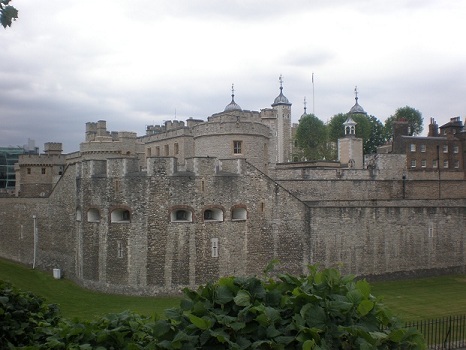By Tim Lambert
Anne Askew was a Protestant martyr of the 16th century. In 1534 Henry VIII made himself head of the Church in England. However, King Henry kept the old Catholic doctrines mostly intact. He had little sympathy for Protestant beliefs. So during his reign, Protestants were persecuted.
Anne Askew was born in 1521 in Lincolnshire. Anne was born into a wealthy family. She was the daughter of William Askew, a rich landowner. Anne was well educated and when she was very young Anne became a Protestant. She read the Bible eagerly and memorized parts of it. Anne Askew courageously stuck to her beliefs all during her short life.
However, when Anne was 15 her older sister Martha died. Martha had been engaged to a landowner named Thomas Kyme. Anne’s father decided she should marry Kyme instead. (Arranged marriages were normal in the 16th century, at least for the well-off). Unfortunately, Kyme was a Catholic and he refused to accept his wife’s beliefs. As a result, the marriage was not a happy one.
Eventually, Anne Askew was thrown out by her husband and she moved to London. Here she met other Protestants. They held meetings to study the Bible. Anne used her name Askew instead of her husband’s name and she became a preacher.
Anne Askew was arrested in March 1545. Her husband was ordered to take her back to Lincolnshire and keep her there. However, she soon escaped from him and returned to London where she resumed preaching. Anne Askew was arrested a second time in March 1546 but she was released again.
In May 1546 Anne Askew was arrested for the third time. This time she was tortured in the Tower of London. (She is the only woman recorded as being tortured there). Her captors hoped to force her to name like-minded women. However, Anne heroically refused to talk.
Anne Askew was tortured using a device called the rack, which stretches the person’s limbs eventually causing dislocation. The rack was excruciatingly painful. During the torture, the constable of the Tower of London was so disgusted he walked out. Lord Chancellor Thomas Wriothesley and Sir Richard Rich took over. (Wriothesley became chancellor in 1544. He was strongly opposed to Protestant beliefs. So was Rich).
However Anne Askew steadfastly refused to talk to change her beliefs. So on 18 June 1546, she was convicted of heresy. She was condemned to be burned to death. Anne took the news bravely.

Anne Askew was martyred on 16 July 1546 in Smithfield, London. Because of the torture Anne had to be carried to the stake on the chair. She was burned to death. (Three other Protestants were burned with her). Anne Askew died courageously and after her death, she was remembered as a heroine.
Henry VIII died in January 1547. Persecution of Protestants ended under his son Edward VI (1547-1553) but began again under the Catholic Queen Mary (1553-1558).